
Catalog / Dacia
Dacia: The Success Story of Europe's Value-Driven Car Brand
Dacia, a Romanian car manufacturer with a rich history dating back to 1966, has become synonymous with affordability and practicality in the European automotive market. The brand's journey from a small Eastern European carmaker to a major player in the budget segment is a testament to its commitment to providing value-for-money vehicles.
Dacia's story began in 1966 when the company was founded in Colibasi (now Mioveni), Romania. The initial goal was to produce affordable cars for the Romanian market under license from Renault. This partnership laid the foundation for a relationship that would eventually transform Dacia's fortunes.
Key milestones in Dacia's history include:
- 1968: Production of the first Dacia model, the 1100, based on the Renault 8
- 1969: Introduction of the Dacia 1300, based on the Renault 12, which became an icon in Romania
- 1999: Renault acquires Dacia, beginning a new era for the brand
- 2004: Launch of the Logan, marking Dacia's expansion into Western European markets
- 2008: Introduction of the Sandero, which would become one of Europe's best-selling cars
- 2010: The Duster SUV debuts, opening a new segment for the brand
- 2012: Dacia enters the UK market, further expanding its reach
- 2021: Launch of the Spring, Dacia's first all-electric vehicle
The acquisition by Renault in 1999 was a turning point for Dacia. Under Renault's ownership, the brand was repositioned as a provider of modern, reliable, and affordable vehicles for emerging markets and budget-conscious consumers in Western Europe. This strategy proved highly successful, with Dacia experiencing rapid growth and expansion into new markets.
Dacia's most notable models have become synonymous with value and practicality. The Logan, launched in 2004, revolutionized the concept of affordable motoring in Europe. The Sandero, introduced in 2008, has consistently ranked among Europe's best-selling cars, offering hatchback versatility at an unbeatable price point. The Duster, Dacia's foray into the SUV market, has been a runaway success, proving that rugged, capable vehicles need not come with a premium price tag.
In recent years, Dacia has begun to embrace modern technologies and design trends while staying true to its core values. The introduction of the all-electric Spring in 2021 demonstrated Dacia's ability to offer cutting-edge technology at accessible price points. Meanwhile, updated versions of its core models have introduced more modern styling and features without compromising on affordability.
Today, Dacia continues to challenge conventional wisdom in the automotive industry. By focusing on essential features and eliminating unnecessary costs, Dacia has carved out a unique position in the market. The brand appeals to pragmatic consumers who prioritize value, reliability, and functionality over luxury and status.
As the automotive industry moves towards electrification and increased technological integration, Dacia faces the challenge of adapting to these trends while maintaining its commitment to affordability. The success of models like the Spring suggests that Dacia is well-positioned to continue its growth and remain a significant player in the European automotive landscape.
Dacia's journey from a small Romanian carmaker to a major European brand is a remarkable success story in the automotive world. By staying true to its core values of affordability and practicality, Dacia has not only survived but thrived in a highly competitive market, proving that there is a substantial demand for no-frills, value-driven vehicles in Europe and beyond.


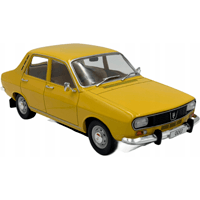
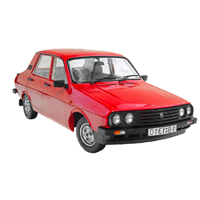
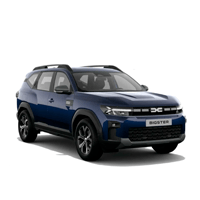
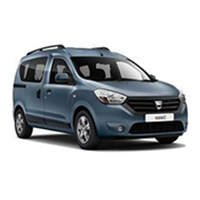
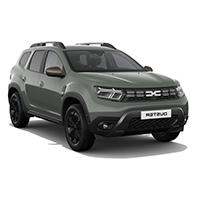
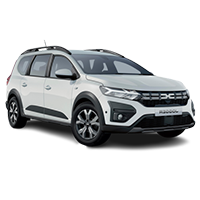
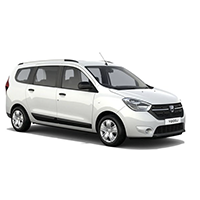
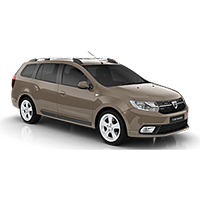
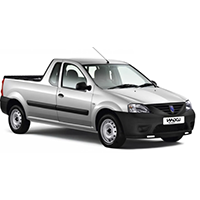
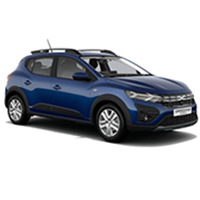
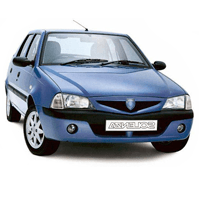
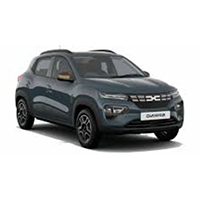
![Dacia Logan II [2012 - 2020] 1.5 Blue dCi SL PLUS 2020 Dacia Logan II [2012 - 2020] 1.5 Blue dCi SL PLUS 2020](https://cdn-img.carsbat.com/autovt/7056755413/0_uu1l5220365038615_u1fc.jpg)
![Dacia Duster II [2018 - Prezent] 1.5 Blue dCi 4WD SL Orange 2021 Dacia Duster II [2018 - Prezent] 1.5 Blue dCi 4WD SL Orange 2021](https://cdn-img.carsbat.com/autovt/7056805835/0_vf1hjd40967321678_fpi4.jpg)
![Dacia Logan I [2004 - 2012] 1.2 16V Laureate 2012 Dacia Logan I [2004 - 2012] 1.2 16V Laureate 2012](https://cdn-img.carsbat.com/autovt/7056809647/7056809647.jpg)
![Dacia Duster I [2010 - 2017] 1.6 4x4 Ambiance 2011 Dacia Duster I [2010 - 2017] 1.6 4x4 Ambiance 2011](https://cdn-img.carsbat.com/autovt/7056196833/0_uu1hsdarn45111643_rvc8.jpg)
![Dacia Duster I [2010 - 2017] 1.6 SCe Prestige jante 16" 2017 Dacia Duster I [2010 - 2017] 1.6 SCe Prestige jante 16" 2017](https://cdn-img.carsbat.com/autovt/7056869452/0_uu1hsdcve57759904_vf7y.jpg)
![Dacia Sandero III [2020 - Prezent] 2021 Dacia Sandero III [2020 - Prezent] 2021](https://cdn-img.carsbat.com/autovt/7056872066/0_uu1djf00567494274_ez1r.jpg)
![Dacia Sandero II [2012 - 2020] 2019 Dacia Sandero II [2012 - 2020] 2019](https://cdn-img.carsbat.com/autovt/7056870526/0_uu1b5220164256201_7uzh.jpg)
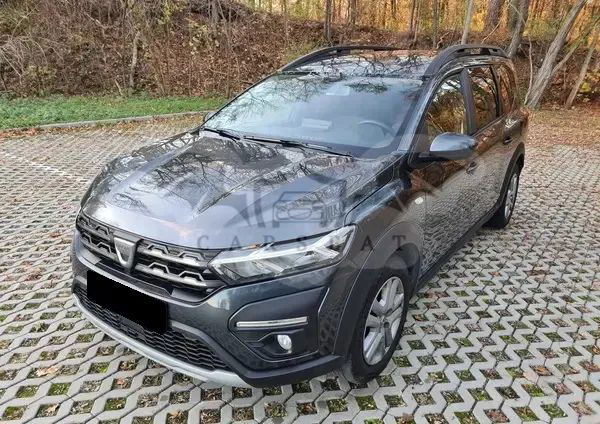
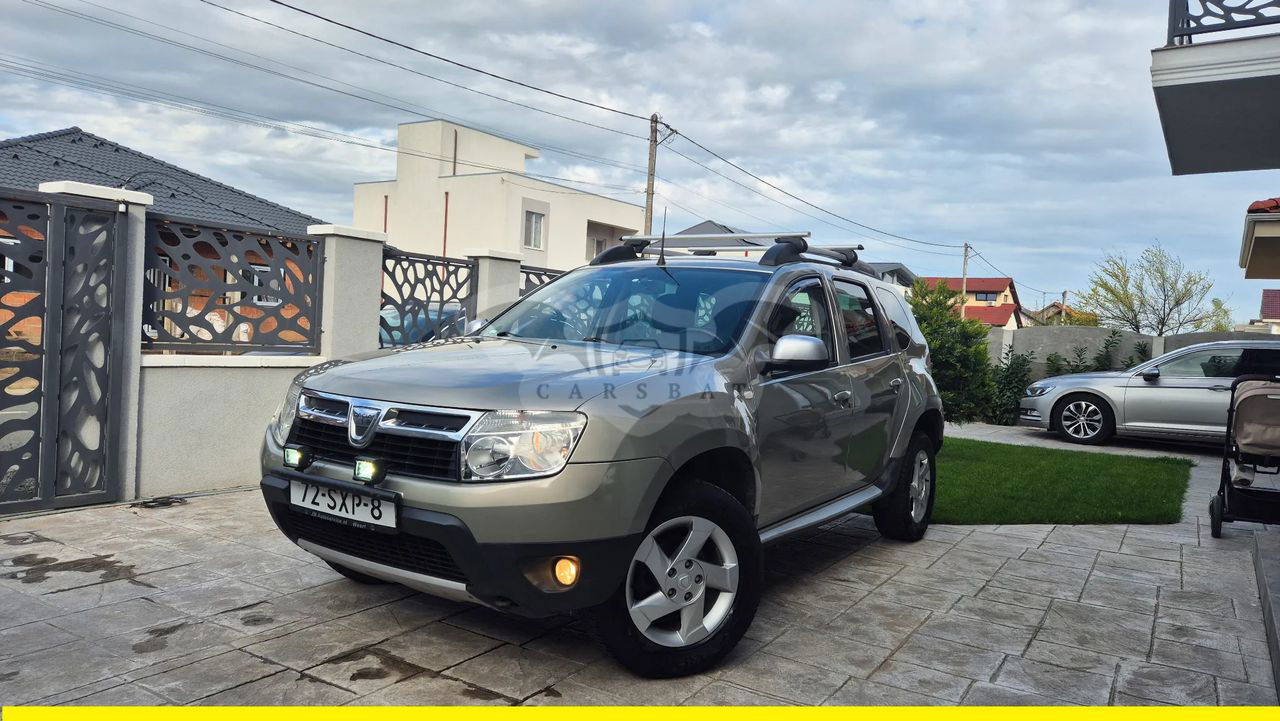


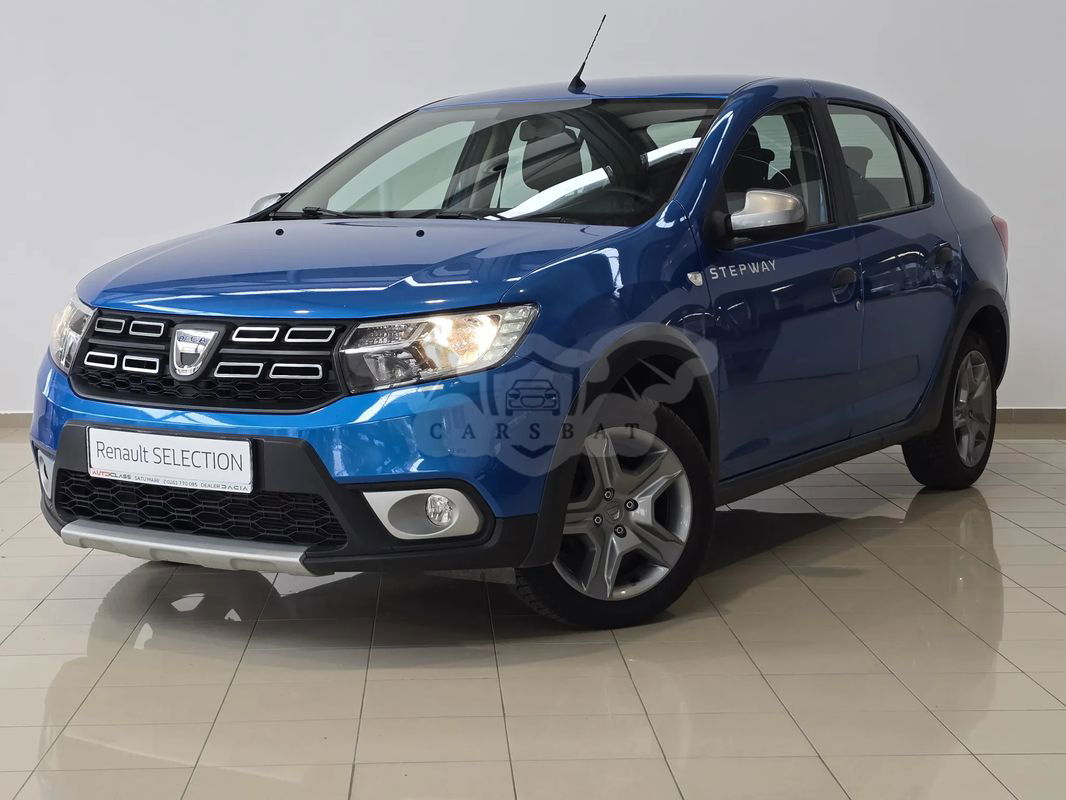
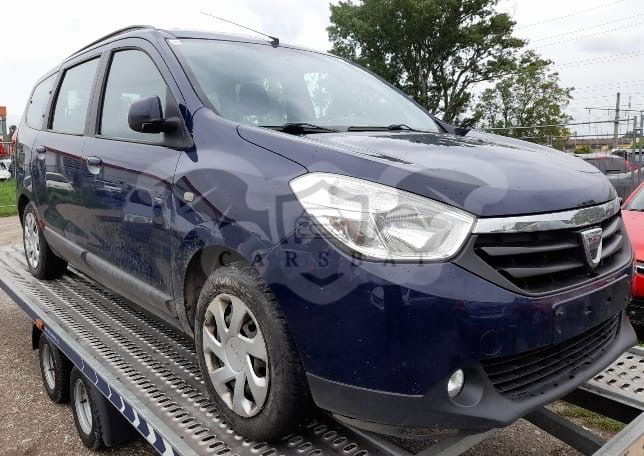
![Dacia Logan I [2004 - 2012] MCV 1.6 Ambiance 2009 Dacia Logan I [2004 - 2012] MCV 1.6 Ambiance 2009](https://cdn-img.carsbat.com/autovt/7056975955/7056975955.jpg)
![Dacia Logan I [2004 - 2012] MCV K90 1.5 dCi Laureate 2007 Dacia Logan I [2004 - 2012] MCV K90 1.5 dCi Laureate 2007](https://cdn-img.carsbat.com/autovt/7057016514/0_uu1ksd0w538400026_lxsp.jpg)
![Dacia Sandero II [2012 - 2020] 0.9 TCe 2019 Dacia Sandero II [2012 - 2020] 0.9 TCe 2019](https://cdn-img.carsbat.com/autovt/7056571616/0_uu1b5220164183685_vded.jpg)
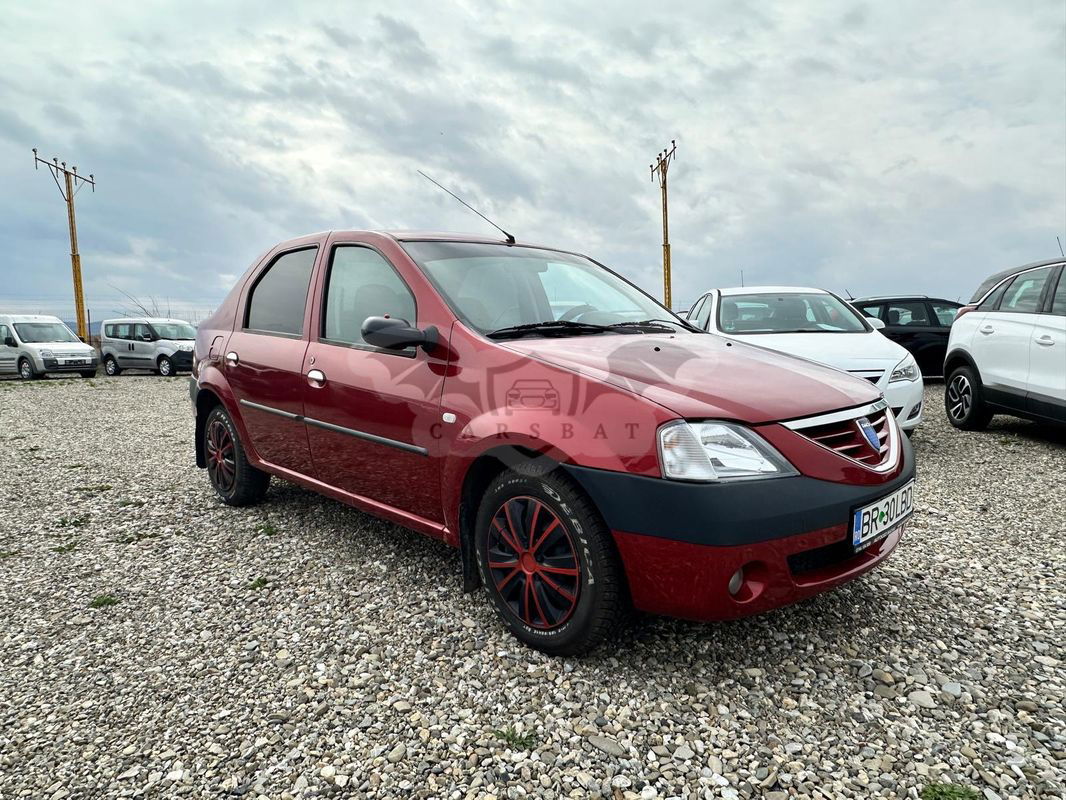
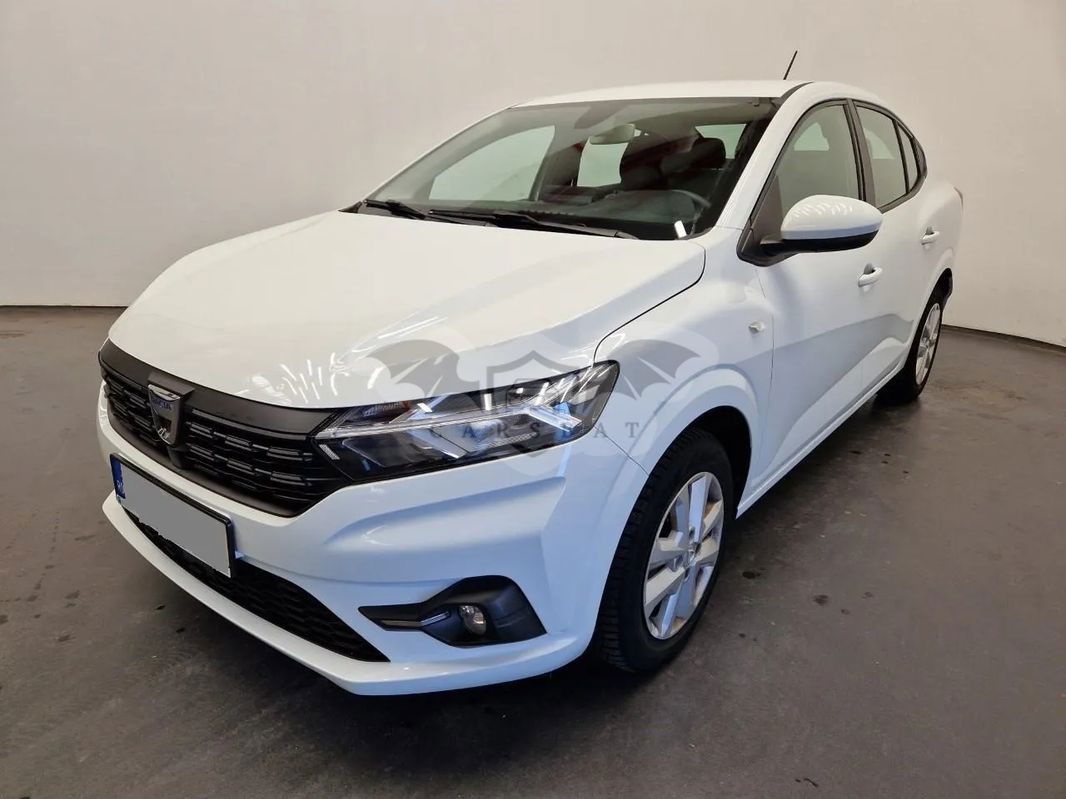
![Dacia Duster II [2018 - Prezent] TCe 150 2WD GPF Sondermodell Adventure 2019 Dacia Duster II [2018 - Prezent] TCe 150 2WD GPF Sondermodell Adventure 2019](https://cdn-img.carsbat.com/autovt/7056593053/0_vf1hjd20662892206_8epl.jpg)
![Dacia Duster II [2018 - Prezent] 1.6 SCe Prestige jante 17" 2019 Dacia Duster II [2018 - Prezent] 1.6 SCe Prestige jante 17" 2019](https://cdn-img.carsbat.com/autovt/7056597864/7056597864.jpg)
![Dacia Logan I [2004 - 2012] 1.6 16V Laureate 2009 Dacia Logan I [2004 - 2012] 1.6 16V Laureate 2009](https://cdn-img.carsbat.com/autovt/7056598798/0_uu1lsdamh41635705_eobg.jpg)
![Dacia Duster II [2018 - Prezent] TCe 130 GPF Prestige 2019 Dacia Duster II [2018 - Prezent] TCe 130 GPF Prestige 2019](https://cdn-img.carsbat.com/autovt/7056597971/0_vf1hjd20963428806_rem6.jpg)
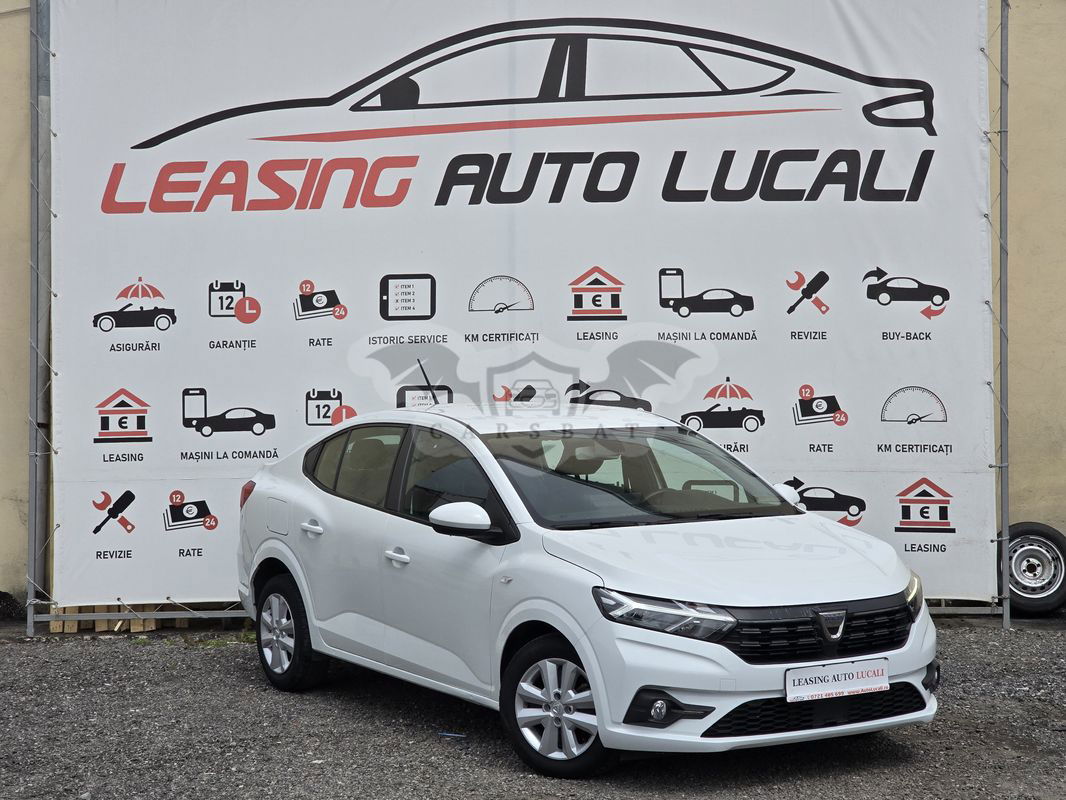
![Dacia Sandero II [2012 - 2020] SCe 75 Essential 2014 Dacia Sandero II [2012 - 2020] SCe 75 Essential 2014](https://cdn-img.carsbat.com/autovt/7056598966/0_uu15sdaac49747246_ehi8.jpg)
![Dacia Sandero II [2012 - 2020] TCe 90 Prestige 2015 Dacia Sandero II [2012 - 2020] TCe 90 Prestige 2015](https://cdn-img.carsbat.com/autovt/7056599055/7056599055.jpg)
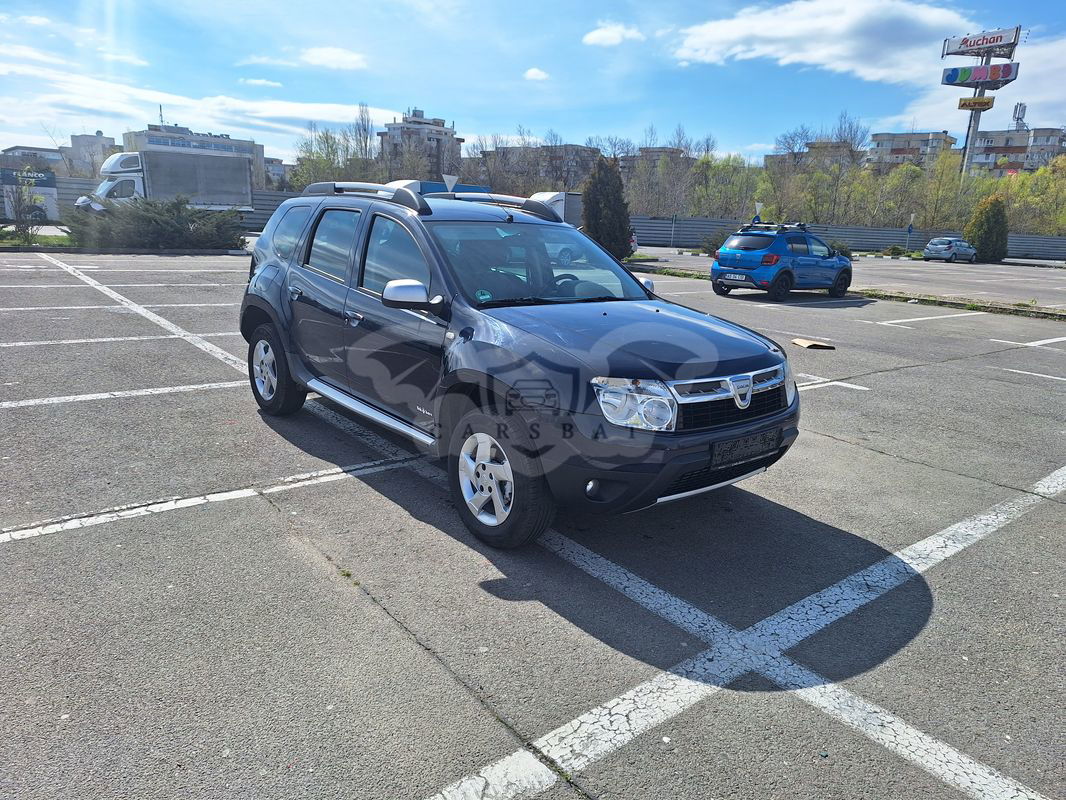
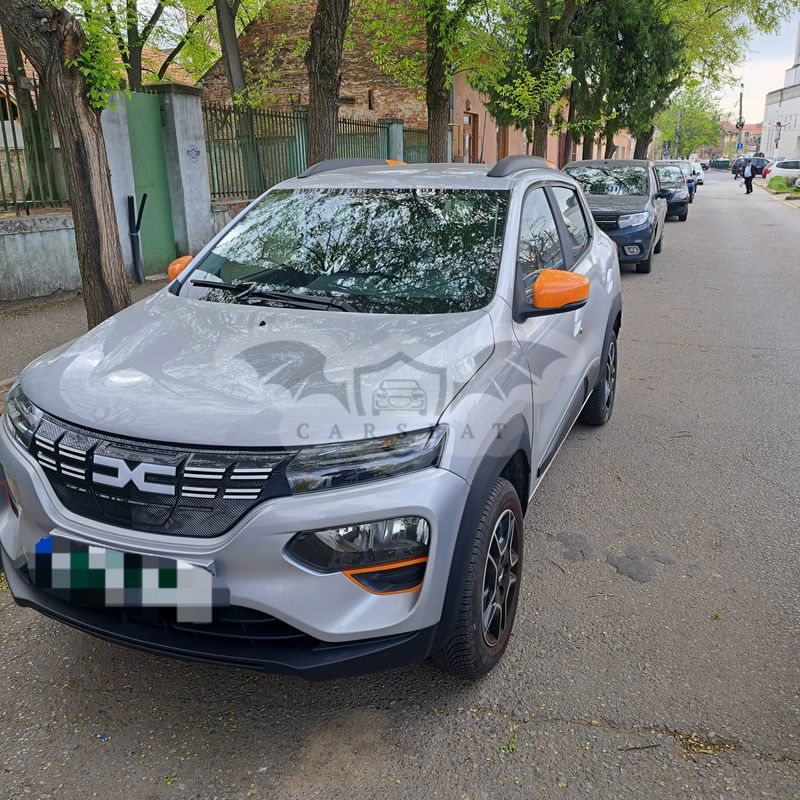
![Dacia Duster I [2010 - 2017] 1.5 dCi 4x4 Ambiance 2015 Dacia Duster I [2010 - 2017] 1.5 dCi 4x4 Ambiance 2015](https://cdn-img.carsbat.com/autovt/7056684419/0_uu1hsdadg52498526_1ziz.jpg)
![Dacia Logan III [2020 - Prezent] TCe 90 MT6 Comfort 2021 Dacia Logan III [2020 - Prezent] TCe 90 MT6 Comfort 2021](https://cdn-img.carsbat.com/autovt/7056754777/0_uu1djf00467869605_h8i7.jpg)
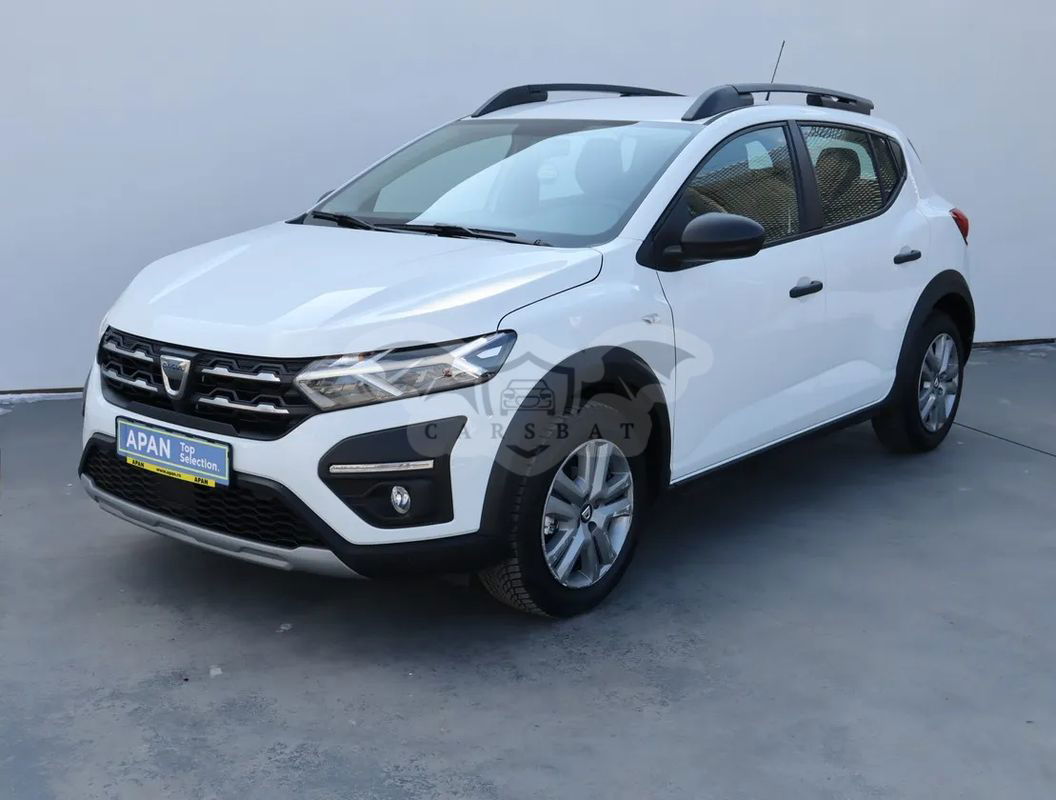
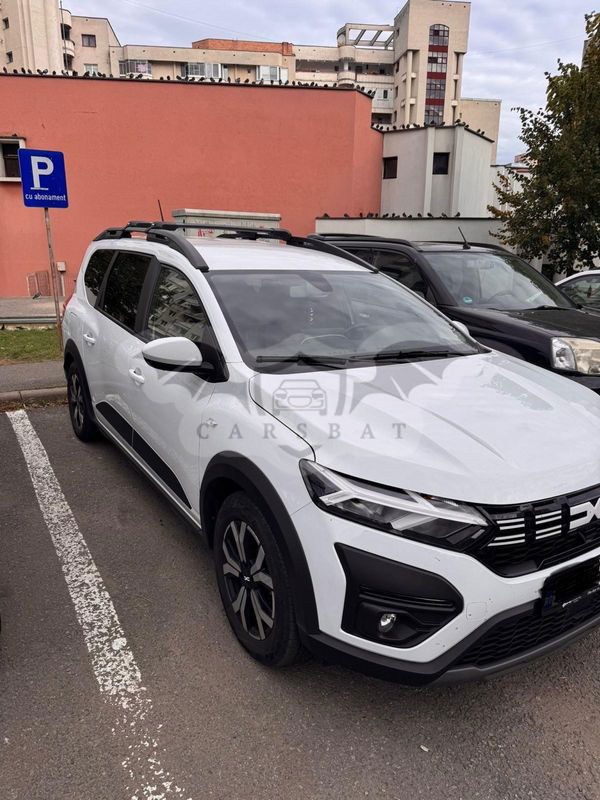
![Dacia Logan I [2004 - 2012] 2009 Dacia Logan I [2004 - 2012] 2009](https://cdn-img.carsbat.com/autovt/7056279360/7056279360.jpg)
![Dacia Duster I [2010 - 2017] 1.5 dCi 4x4 Laureate 2013 Dacia Duster I [2010 - 2017] 1.5 dCi 4x4 Laureate 2013](https://cdn-img.carsbat.com/autovt/7056280019/7056280019.jpg)
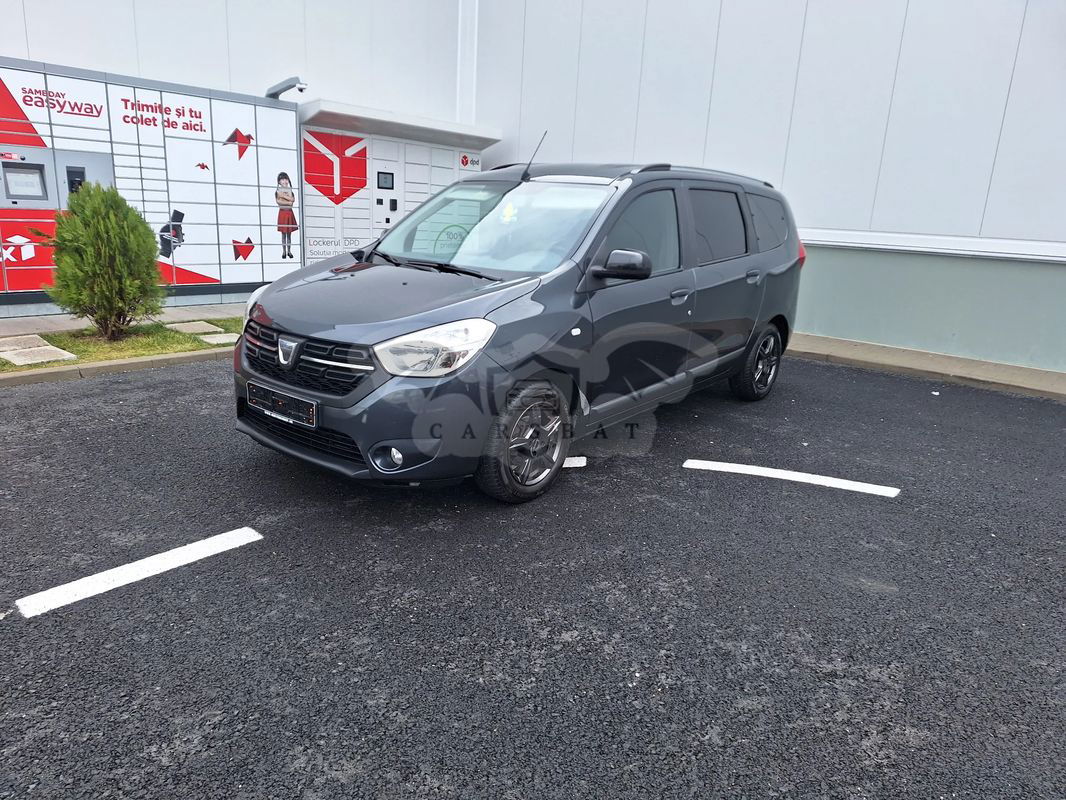
![Dacia Duster I [2010 - 2017] 1.5 dCi 4x2 Laureate 2011 Dacia Duster I [2010 - 2017] 1.5 dCi 4x2 Laureate 2011](https://cdn-img.carsbat.com/autovt/7056318340/7056318340.jpg)
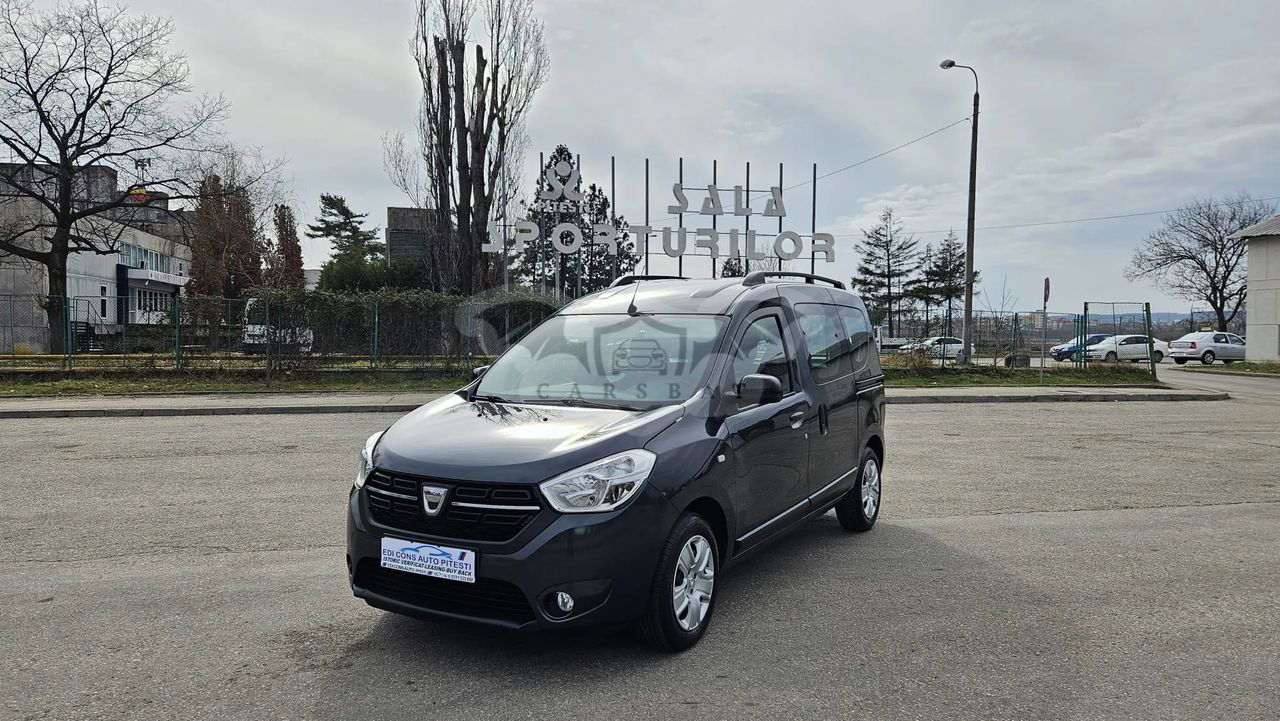

![Dacia Duster II [2018 - Prezent] Blue dCi 115 Expression 2024 Dacia Duster II [2018 - Prezent] Blue dCi 115 Expression 2024](https://cdn-img.carsbat.com/autovt/7056335017/7056335017.jpg)
![Dacia Duster II [2018 - Prezent] TCe 150 4WD GPF Celebration 2021 Dacia Duster II [2018 - Prezent] TCe 150 4WD GPF Celebration 2021](https://cdn-img.carsbat.com/autovt/7056394390/0_vf1hjd40767706155_jmga.jpg)
![Dacia Logan II [2012 - 2020] 0.9 TCe SL PLUS 2019 Dacia Logan II [2012 - 2020] 0.9 TCe SL PLUS 2019](https://cdn-img.carsbat.com/autovt/7056416084/0_uu1l5220263252412_5mcg.jpg)
![Dacia Sandero I [2009 - 2012] TCe 100 Celebration 2010 Dacia Sandero I [2009 - 2012] TCe 100 Celebration 2010](https://cdn-img.carsbat.com/autovt/7056436784/0_uu1bsdafk43054854_ph8r.jpg)

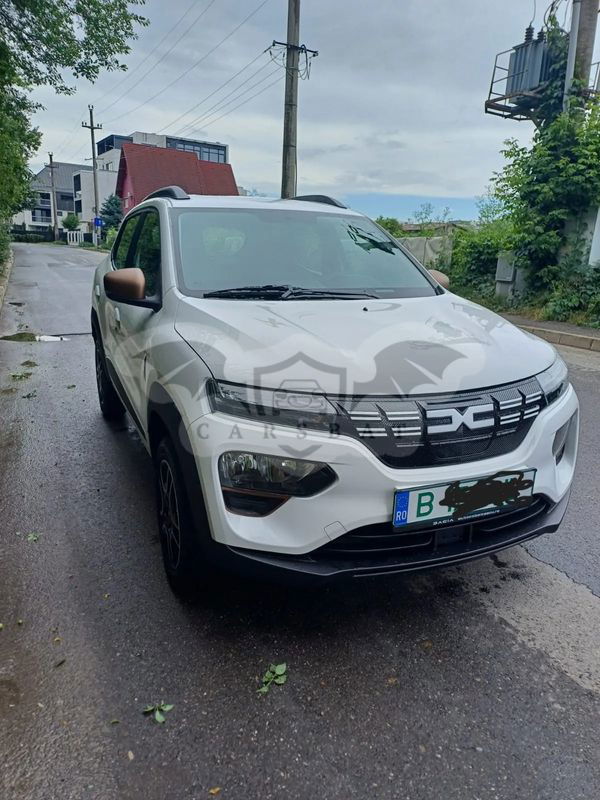
![Dacia Duster II [2018 - Prezent] 1.5 Blue dCi 4WD SL Orange 2021 Dacia Duster II [2018 - Prezent] 1.5 Blue dCi 4WD SL Orange 2021](https://cdn-img.carsbat.com/autovt/7054086375/0_vf1hjd40667169049_uelk.jpg)
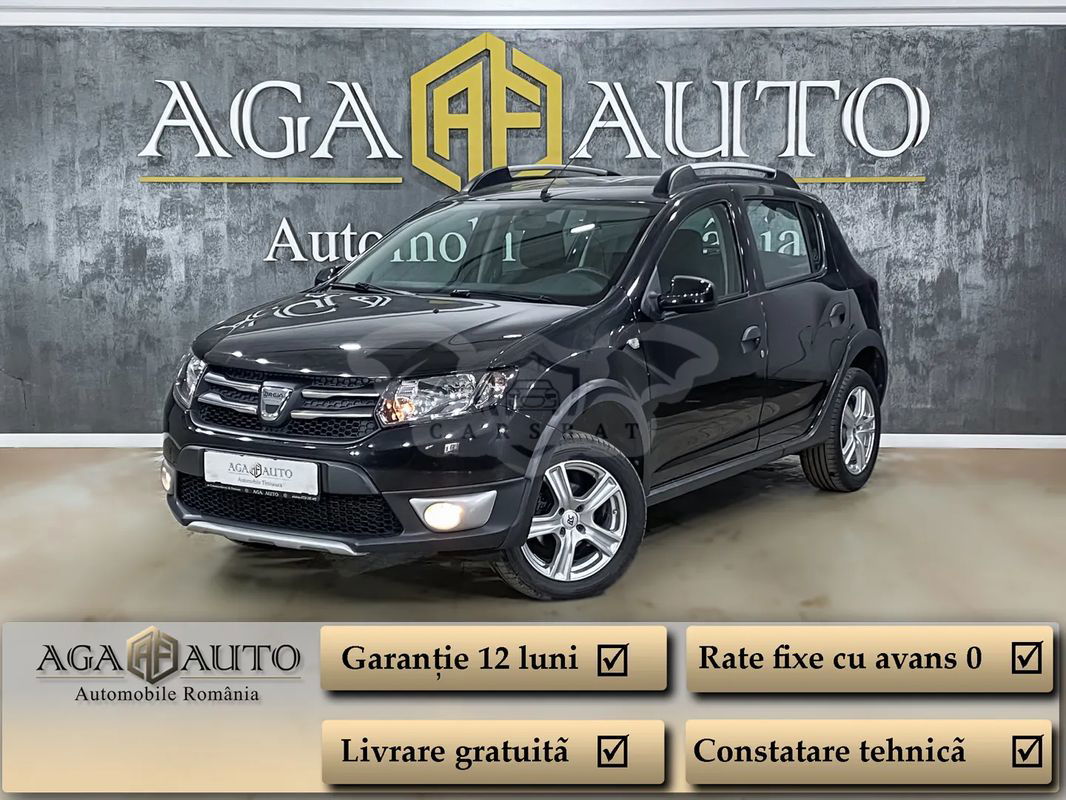
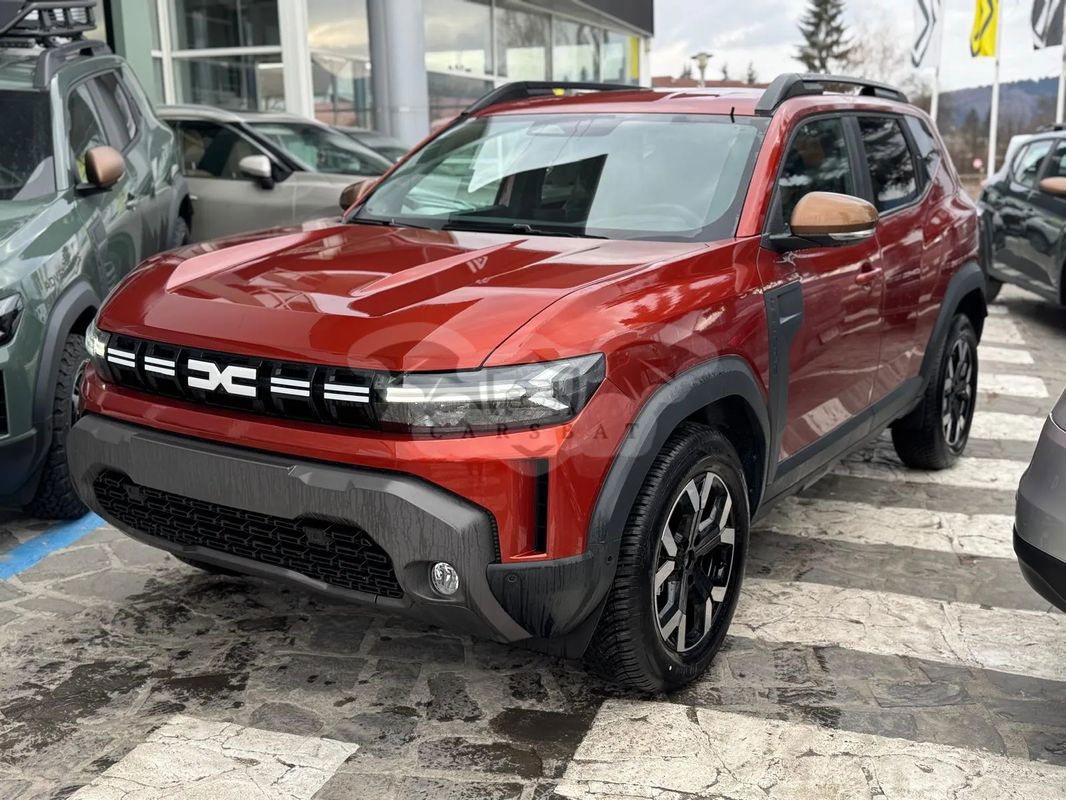
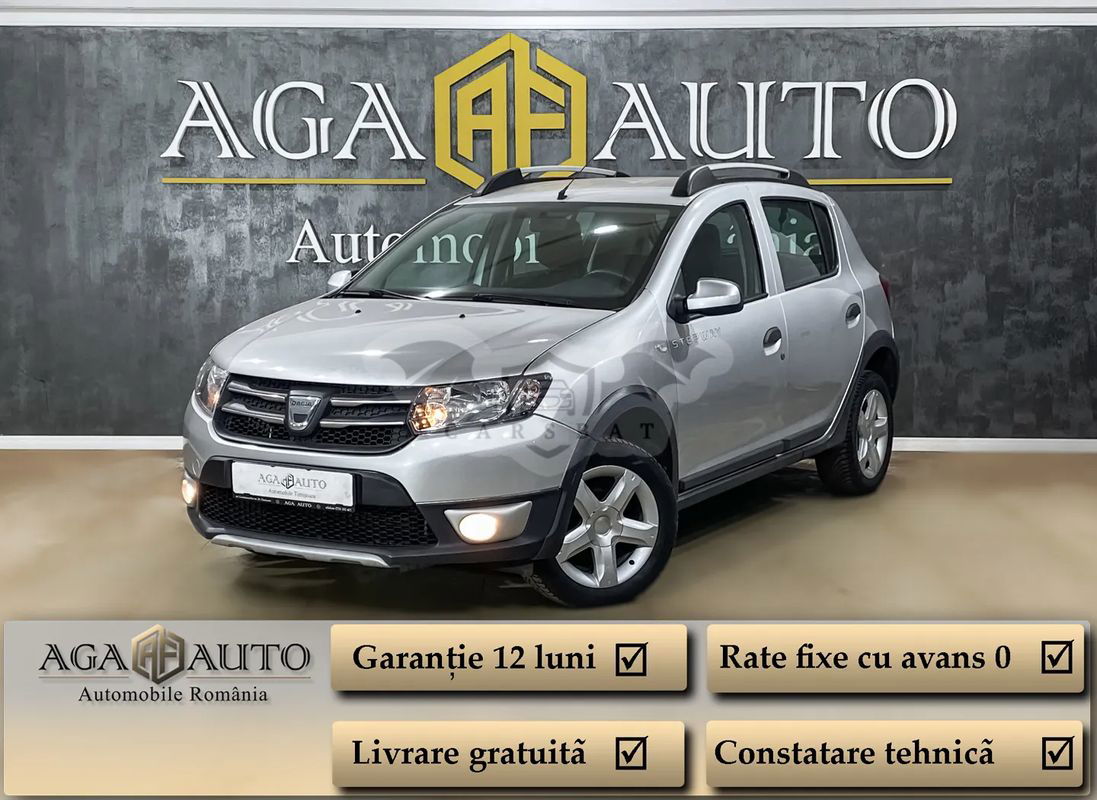

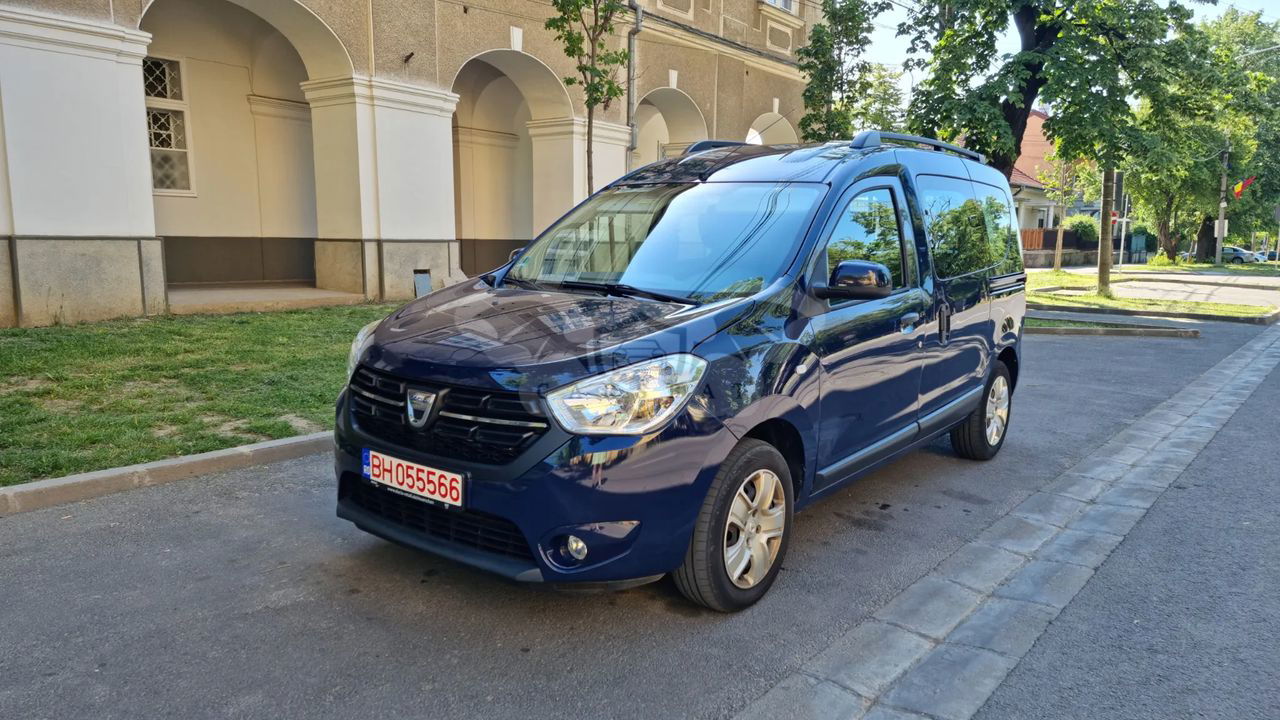
![Dacia Sandero II [2012 - 2020] 1.0 SCe Ambiance 2019 Dacia Sandero II [2012 - 2020] 1.0 SCe Ambiance 2019](https://cdn-img.carsbat.com/autovt/7056029186/7056029186.jpg)